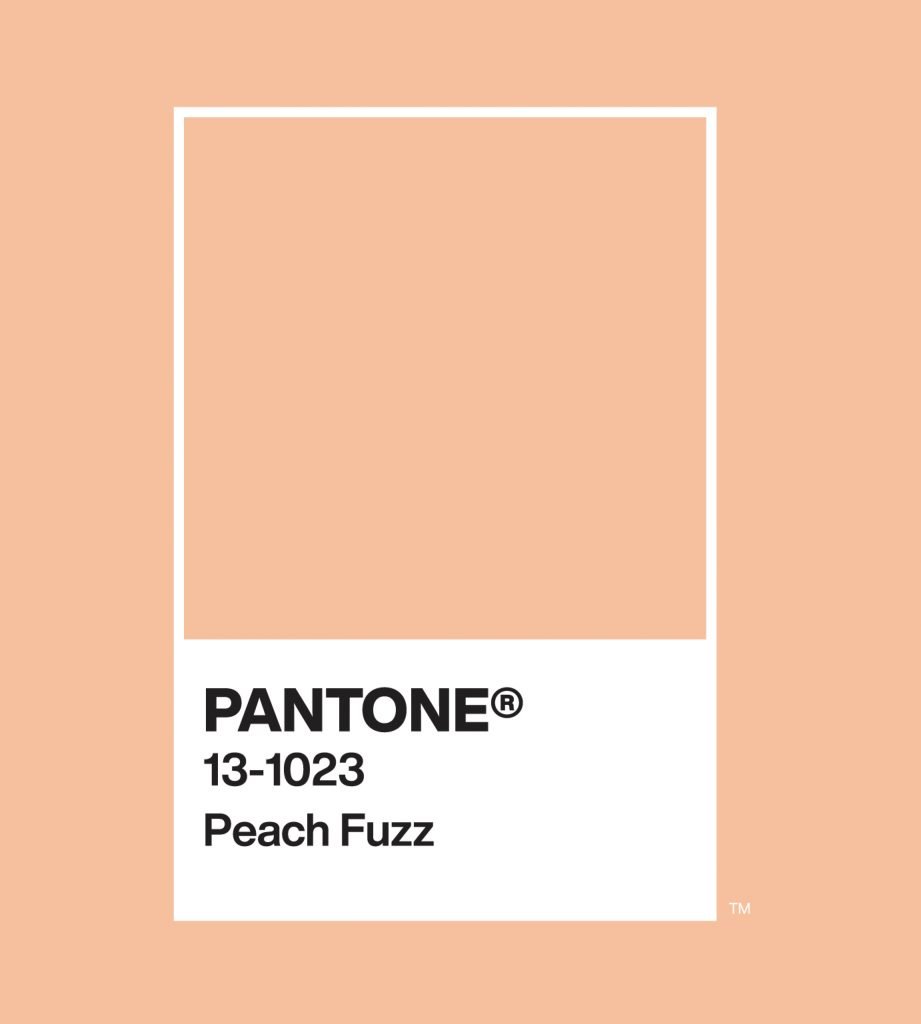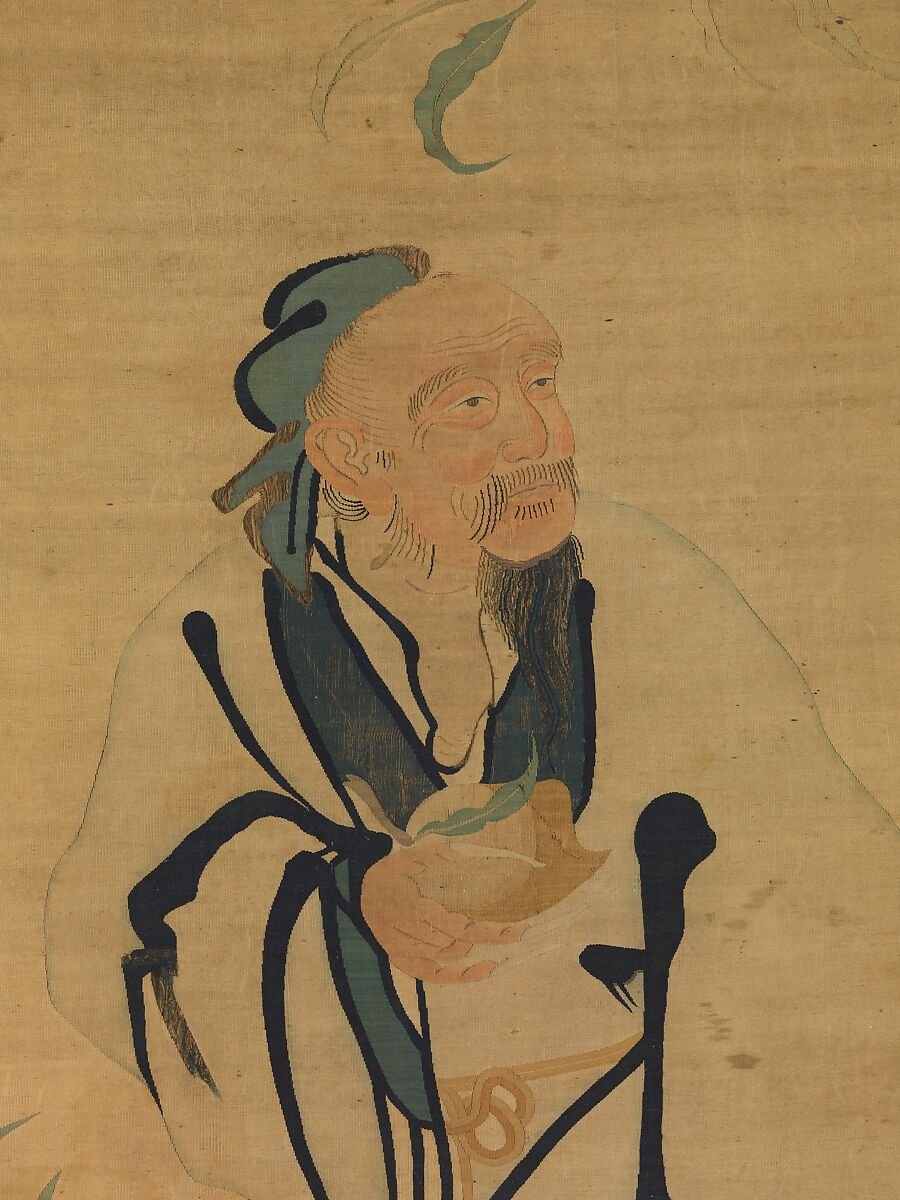Peach Fuzz: A Year in Review
PANTONE® describes itself as providing ‘a universal language of color that enables color-critical decisions through every stage of the workflow for brands and manufacturers.’ Meaning, it provides insights and predictions into colour trend forecasting and how designers and companies can apply colour to create aesthetics and influence consumers.
Each year, beginning in 1999, PANTONE® selects a ‘Color of the Year’ (COTY), originating as part of its educational programming. According to Laurie Pressman, Vice President of Pantone Colour Institute™, COTY aims to ‘engage the design community and colour enthusiasts’ and ‘to draw attention to the relationship between culture and colour’.
In December 2023, PANTONE® announced that their Color of the Year for 2024 would be Peach Fuzz - Peach Fuzz 13-1023 to be exact. So, considering that it takes an outwards approach to this selection and considers ‘anything and everything taking place in our culture’ when reaching its decision, how did PANTONE® settle on this gentle, organic hue of not-quite-orange, not-quite-pink?
The tagline for this year’s colour is ‘Embrace the Warmth’ and with Peach Fuzz, PANTONE® is encouraging us to reflect on our human nature to seek out closeness, connection and compassion. The imagery used by PANTONE® is also very reflective of the natural world and the soft, organic fibres and textures to be found within.
PANTONE 13-1023 Peach Fuzz
Image via Pinterest
So, historically, what has peach signified, what examples of peach are there in the history of art and design, and where have we been able to see Peach Fuzz this year?
As well as peach fruits themselves making an alluring subject for artists depicting still lifes for centuries, the colour peach also has the following associations;
Still Life of Peaches, Gustave Courbet, oil on canvas
Image Credit: Perth & Kinross Council
In Ancient Chinese art, peaches symbolise good health and a long life. This association stems from ‘peaches of immortality’, a tale in Chinese mythology.
Immortal Holding a Peach, 16th century Chinese silk tapestry
Image Credit: The Metropolitan Museum of Art (Open Access Policy)
In Western art, peach can symbolise playfulness and frivolity. As well as lending itself well to mixing tones of natural light, Rococo artists particularly favoured peach as it gave their work and subjects a soft, elegant yet playful look. Lightness and elegance are typical of this style and peach helps to convey this.
The Swing, Jean-Honoré Fragonard, oil on canvas, about 1767-1768
Image Credit: The Wallace Collection
Peach has also been used in the 1920s and 1950s, during post-War times, to suggest the optimism of a new era. After World War I, peach was a popular colour used in Art Deco designs and fashions of the 1920s, used to reflect the desire for more prosperous times ahead. Similarly, peach could be found in the fashions, homewares and advertising of post-World War II 1950s, also to convey the sense of optimism and a strong desire for peace and comfort. However, this time there was more focus on the nuclear family and the submissive role of women in the domestic space, posited as a desirable and aspirational thing at the time.
A 1950s advertisement for a Crosley ‘Shelvador’ Freezer
Image Credit: Dickinson College
More recently across the 2010s and 2020s, peach has signified familiarity, cuteness and nostalgia to a largely Millennial and Gen Z consumer base. Peach is often found in the colour palettes of online content targeted towards this demographic, with ‘peachcore’ even being deemed its own micro-aesthetic by online communities - described as either Vintage Peach: ‘the experience of pleasant, warm memories through soft shades’ or Modern Peach: ‘emphasis on the beauty of modern life and the use of various peach-related sweets or any other goods to emphasize the cute and soul-warming things that can be noticed in one’s daily routine’.
Whether we choose to acknowledge and harness peach’s influence on our contemporary visual culture in quite such a deliberate way or not, it is evident that, thanks to PANTONE®, Peach Fuzz has been having its moment in 2024. Fashion, interior design, advertising and technology have all deployed this warm, soft and timeless hue over the past 12 months.
Sources
Choosing the Pantone Color of the Year
Pantone's Colour of the Year 2024: A Brief History of Peach | FormRoom




